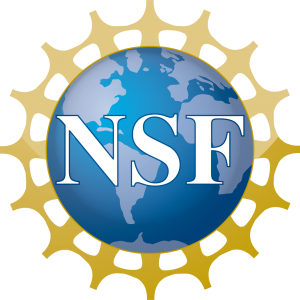GelSight Awarded $728,000 Federal Grant to Develop Human-Like Tactile Sensors for Robots

WALTHAM, Mass., May 26, 2020 /PRNewswire/ — GelSight, the developer of industrial 3D metrology solutions for the aerospace, automotive, consumer electronics and medical device industries, today announced that it has been awarded a $728,000 grant from the National Science Foundation’s Small Business Innovation Research (SBIR) Program to develop a compact sensor toolkit that will provide human-like tactile sensing capabilities for robotics. The SBIR Phase II project will based on concepts that were validated through GelSight’s SBIR Phase I grant as well as ongoing research at MIT in robotic tactile sensing using elastomeric sensors.
“There is no tactile sensor on the market today that can match the human finger,” said Kimo Johnson, co-founder and Chief Executive Officer of GelSight. “Current touch technologies have limited sensitivity and resolution. GelSight sensors are soft like human fingers but have resolution well above that of human skin. Industries have been transformed by the digitization of our auditory and visual worlds, and a high-resolution fingertip will provide the mechanism for translating tactile world leading to applications and technological developments that could transform many industries,” said Johnson.
In this SBIR Phase II project, GelSight will develop a soft, compact, and high-resolution tactile sensor as a toolkit that companies can integrate and optimize for their own applications; from the picking of fruit to the sorting and e-commerce fulfillment. To achieve the desired form factor while maintaining a large sensing area, this project will develop novel optical and illumination configurations for the elastomeric sensor that are more compact than designs using conventional optics. The system will be coupled with a GelSight Tactile software development kit (SDK) that provides real-time tactile information, including contact locations, force, magnitude and direction. The GelSight Tactile SDK will make the system accessible to researchers and engineers from other disciplines.
The high-resolution digital fingertip, together with the GelSight Tactile SDK, will provide a foundation for further exploration into digital touch as well as applications that benefit from tactile information.
GelSight’s elastomeric imaging technology was originally developed by Professor Edward H. Adelson at the Massachusetts Institute of Technology (MIT). Professor Adelson is the John and Dorothy Wilson Professor of Vision Science at MIT, in the Department of Brain and Cognitive Sciences, and the Computer Science and Artificial Intelligence Laboratory (CSAIL) and is a leading innovator in robotic tactile sensing.
For more information about GelSight and its product offering, please visit: https://www.gelsight.com.
About GelSight
GelSight develops portable, non-destructive elastomeric 3D imaging systems used to improve quality control processes in aerospace, automotive, and other high-value industries. For more information, please visit: https://www.gelsight.com.
CONTACT
Rob Haralson for GelSight
(202) 674-6679, [email protected]